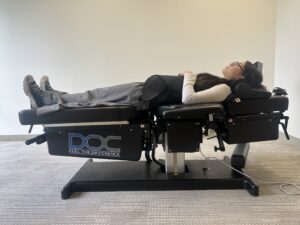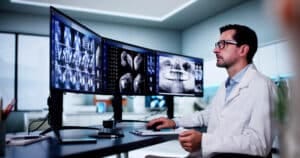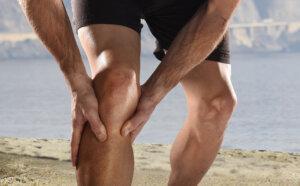One of the most common questions asked by patients and skeptics is “Can scoliosis be fixed by a chiropractor?”
Most of the times, we have heard this question from people who have in the past had some poor experience with chiropractors. Probably what they were promised wasn’t what they got in addition to a couple of other reasons.
I strongly believe that a chiropractor can assist you in improving your life’s quality. But the answer to the above question requires a more in-depth analysis.
Setting Expectations Around “Fixing” Scoliosis Pain
It’s vital to understand from the onset that scoliosis pain can be treated though not technically curable. Scoliosis pain is most often compared to diabetes which happens to be a condition that requires continuous care. Hence, it’s imperative that you reframe your thinking from short-term treatment to the long-term as this will be an ongoing treatment that would last a lifetime.
That said if you are fortunate to come upon the right techniques for managing your scoliosis pain, you will undoubtedly live a healthy and enjoyable life with little or no limitations. In addition to that, if you are able to remain committed to your physician’s prescriptions your life will improve tremendously without the need for braces or surgery.
Techniques that promise a fast fix for scoliosis hardly produce meaningful results. It’s pretty easy to promise a quick fix, but more difficult to deliver it. A good number of these approaches have little or no impact on quality of life, and most often they worsen a patient’s state of health.
Once you’ve been able to reshape your thinking on what the word “fixed” actually means with respect to the treatment of scoliosis pain, you should find the best chiropractor.
Not All Chiropractors Are Scoliosis Experts
Scoliosis is an extraordinary condition that needs a methodical approach. Regrettably, a good number of chiropractors try to treat scoliosis similar to the way they treat every other spinal condition. This won’t work with scoliosis pain.
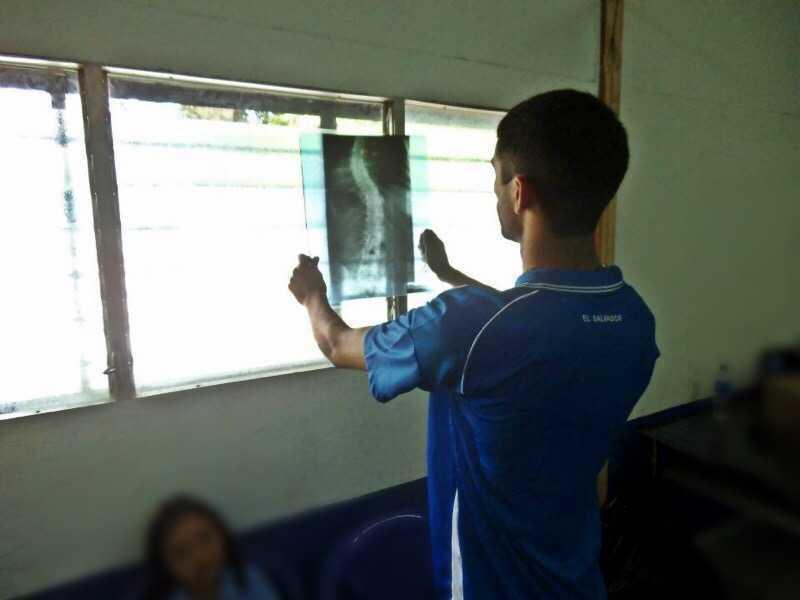
DIAGNOSING SCOLIOSIS
Most often we tend to say “you cannot be an exceptional clinician than you are a diagnostician.” This literally means you cannot treat something you can’t diagnose. Most chiropractors are not trained to diagnose inconsistencies related to scoliosis. This makes it pretty easy to miss the underlying major causes of scoliosis as well as other related issues. Productive diagnosis is the best technique used in developing the right treatment plan before proceeding to treatment.
TREATING SCOLIOSIS
Generally, chiropractors search for sticky joints in the spine and try to loosen them. But with scoliosis, joint flexibility isn’t the primary issue. It is the position of the joints that is. Using the traditional chiropractic approach in treating scoliosis pain, can cause more pressure on the vertebral joints, irritate the surrounding nerves and lead the curve in the wrong direction.
The joints of the spine need to be structured first. But for any long-term gain to take place, a whole lot more needs to be done to accompany this foundation. Your muscles need to be relaxed, with your brain rewired to your muscles and vertebral joints. For scoliosis to be treated effectively, these things should happen at the same time. This can be achieved through scoliosis massages, scoliosis stretches, and scoliosis exercises coupled with curve-specific spinal manipulations.
When We Evaluate New Patients
Most often we get asked what it is scoliosis experts anticipate when evaluating a new patient with scoliosis. But the real question should be, how do doctors know the amount of help needed? It is a great question; the right answer is pretty dependent on each patient’s case uniquely. Below are a couple of general indicators we always look out for.
1. SPINAL STIFFNESS
We are always on the lookout for how stiff the spine we are currently working on is. This most often gives us a heads up on the amount of work that needs to be carried out before we can efficiently start maneuvering the spine.
However, we focus on more than just discs, bones, muscles and the nerves in your spine. We particularly take a look at the amount of tension placed on these nerves. A few theories of scoliosis speak of the fact that it happens to take the stress off the pinched nerves. While there is no one definitive answer on nerve tension theory as a principal cause of spine curvature, we trust it is a key player in the shape of the spine as well as in the quality of life. By taking the pressure off the nerve, we can assist you to feel better sooner as we proceed with treating the shape of your spine.
2. SENSORIMOTOR INTEGRATION
SMI is an acronym for the word Sensorimotor Integration; a name used to evaluate how well your brain is able to interact with your body. When the brain and the other functional parts of the body fail to communicate effectively, it leads to various kinds of illnesses including scoliosis. Treating scoliosis means rewiring the brain to be able to communicate properly with the body, especially the spine.
This evaluation usually involves a range of balance-related tests to have a look at how well things are coordinated from the beginning. We duplicate these tests throughout a typical treatment to keep a record of progress. This happens to be one of the key treatments that a good number of traditional chiropractors tend to overlook when it comes to treating a patient with scoliosis.
3. PATIENT DEDICATION
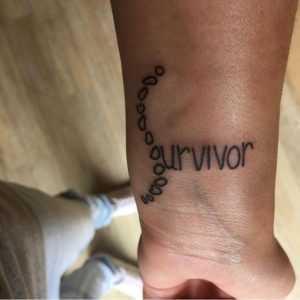
This is one big factor we want when determining the amount of progress we will be able to make with a new patient that has scoliosis. Commitment is a chief factor in determining the amount of progress you will see within a given time frame.
We like to compare this to when patients pay a visit to the dentist. When it comes to oral hygiene, most of the “difficult work” is usually done in your home and not at the dentist’s office. The same applies to the treatment of your scoliosis. You are more likely to achieve the best benefits if you remain committed. To get to the root cause of pain and discomfort, schedule an initial consultation, including a comprehensive evaluation and first treatment.
Read about the 5 best exercises for scoliosis.
Famous celebrities that live with scoliosis: Shailene Woodley, Usain Bolt, Elizabeth Taylor, Vanessa Williams
Want to learn more? We’ve found some helpful resources for you:

